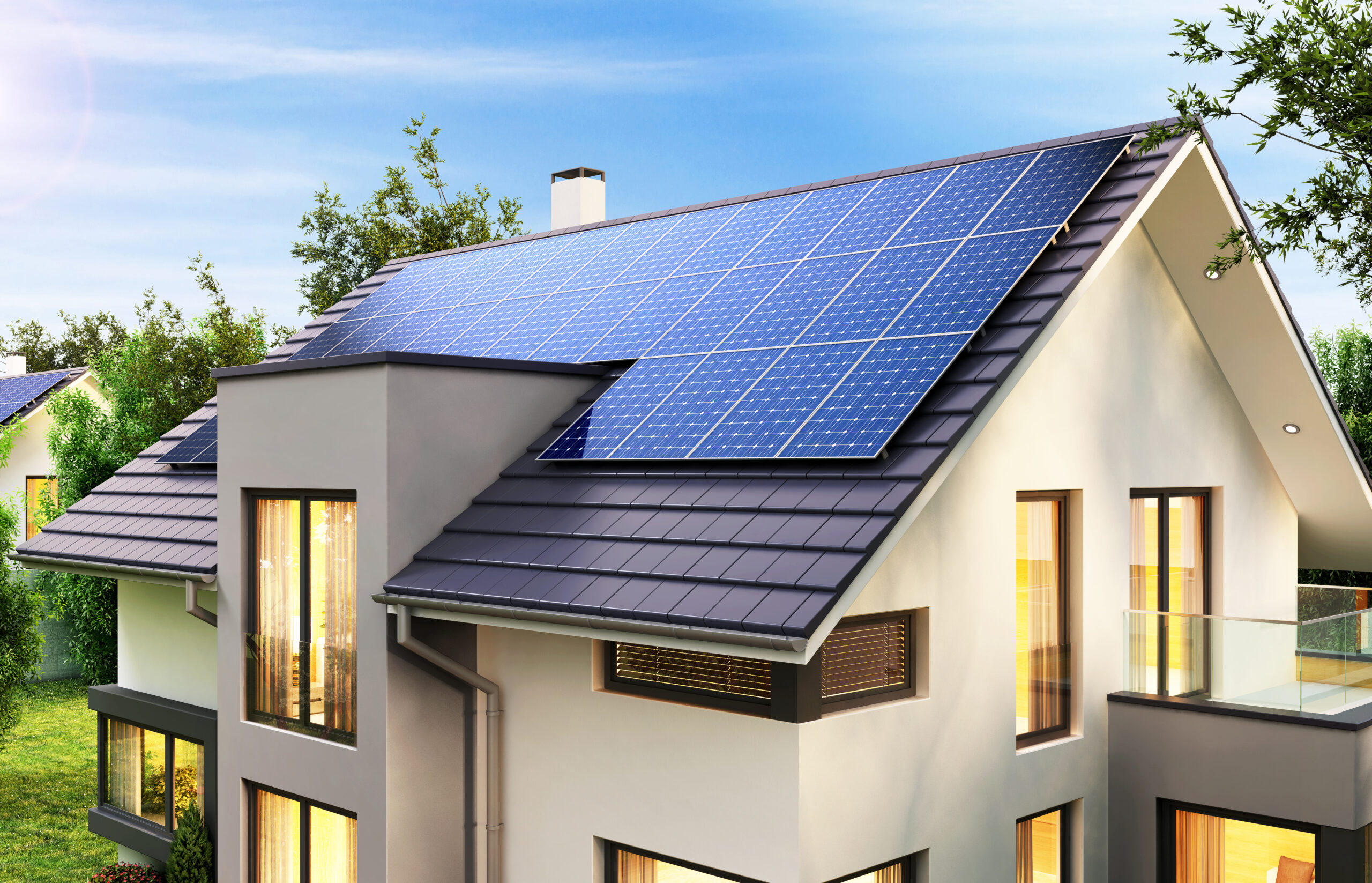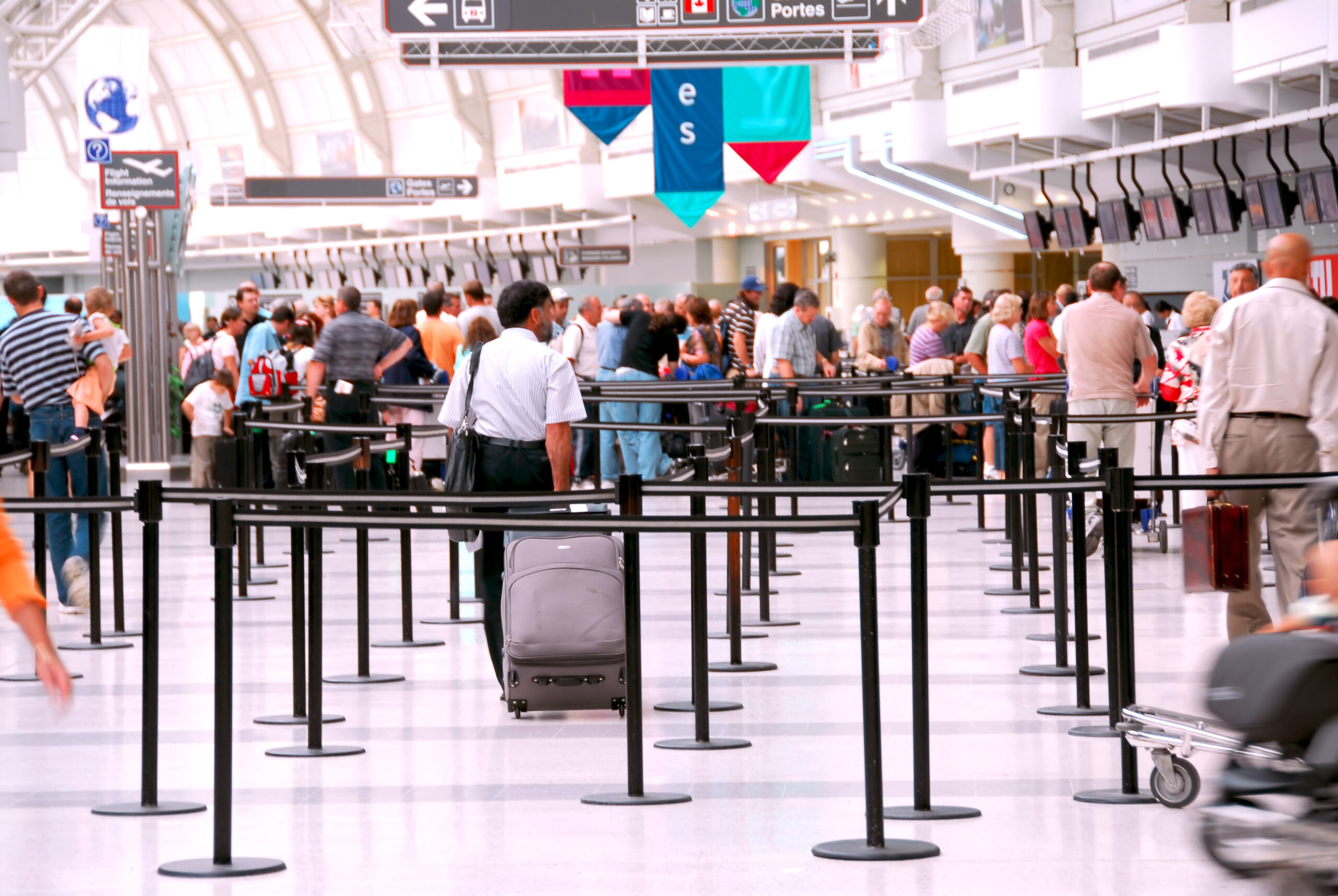This article was originally published on Hotel Management, discussing steps towards net zero and hotel sustainability.
Hotel operations are among the most energy-intensive, with their buildings in use 24/7, so it’s not surprising that the industry has an outsized carbon footprint. Extensive lighting systems, industrial kitchens, spas and year-round HVAC are just a few of the reasons hotels consume so much energy. Overall, buildings account for 28 percent of annual global greenhouse gas emissions and sustainability reporting mandates have become an increased focus for every organization.
Hotels also manage resource-consuming landscapes across the globe and have a vested interest in preserving the natural beauty of their venues to draw in visitors. Vulnerable to the destructive effects of extreme weather, fires, floods and other problems associated with global warming, hotels must develop climate change mitigation plans that will protect their assets over the long term.
Guests are becoming more vocal about a hotel’s sustainability stance, too, choosing brands that show efforts toward ecological stewardship. Shining a spotlight on a hotel’s sustainability path, demonstrating transparency and progress, will enhance its reputation and appeal to today’s environmentally conscious consumer.
Real Change to Get to Net Zero
While buying carbon offsets is one potentially useful tool, they are not the solution to climate change. Real change is made through multiple, substantial and lasting sustainable choices toward carbon reduction. The path towards net zero is a winding road, with the most important step being to simply start the journey. Incremental progress counts. Keeping in mind the two pillars of sustainability—reduction and efficiency—then operators will find many easy-to-implement initiatives they can launch which will spark momentum and build collaboration.
First, get out of time-intensive and error-prone manual spreadsheets and use software tools that track and analyze how much energy buildings are consuming. As it’s been said, “you can’t manage what you don’t measure.” The right technological tools will measure and monitor, automate manual processes and increase engagement across their organizations.
Software that provides real-time data is key to reducing costs and potentially supporting revenue goals. Sustainability managers who have deep data about their operations can find opportunities for improvement in almost every area. It’s more efficient to have autonomous digital networks identify optimal energy use by calculating occupant levels and how a space is being used.
To bring successes to the forefront right away, sustainability managers can pursue the “low-hanging fruit” that will inspire further innovation and bigger goals. Because lighting is one of the biggest energy draws in a building, replacing traditional bulbs with LED lighting will have an immediate benefit. Solar and other cleaner energy can lower costs too while offering protection from fossil fuel price swings.
Another simple but highly effective method for reducing waste is implementing tech that lets your guests participate in energy reduction. Giving them control, through mobile smart lighting and temperature-control apps on their phones, builds buy-in and peer effort across operations.

Sustainability Momentum
Vail Resorts set several goals at the onset of its journey to build sustainability momentum by starting small and building to bigger investments. For example, as part of the resort’s commitment to achieving zero net emissions by 2030, the operations team developed a program to ensure that facilities are properly and fully shut down when not in use. In facilities that are operating at reduced capacity, they make sure all high-energy use equipment is operating efficiently, unused systems are fully shut off, and they aggressively control energy use at outdoor tents and dining locations.
These efforts, in combination with investments in renewable energy, have helped the resort reduce market-based greenhouse gas emissions from all 37 of the resorts’ operations by 101,649 MTCO2e (the number of metric tons of carbon dioxide emissions with the same global warming potential as one metric ton of another greenhouse gas)—equivalent to the carbon sequestered by 1.6 million tree seedlings grown for 10 years.
While hotel management is responsible for leading sustainability efforts, it can’t be done without full-scale adoption by everyone who is on the grounds, whether staff, guests or visitors. When people can see progress actually happening, they are encouraged to consider the environment in their own actions. Public-facing energy dashboards can provide schematics showing how energy is being conserved and how this lowers a building’s carbon footprint.
Features to share include data about indoor air quality, retrofitting projects for clean energy sources, and how technology is used to optimize energy use based on occupancy while keeping comfort and safety foremost. Infographics can portray how much waste has been minimized through recycling. Sharing successes promotes broader buy-in from all stakeholders and helps guide decision-makers for funding and staff resources.
Many hotels are public companies and will be responsible for tracking their scope 3 energy starting next year. Leveraging technology to fully track the supply chain provides deeper insight and can highlight where changes are needed to rein in carbon emissions. The Sustainable Hospitality Alliance’s research notes that the industry needs to “reduce its carbon emissions by 90 percent per room by 2050” to ensure that booking growth projections do not translate to a correlating increase in carbon emissions.
An increasing number of hotel operations are stepping up to publicly commit to greener environmental practices across their portfolios beyond carbon offsets. Highgate, an investment and hospitality management company, recently announced its move to 100 percent renewable electricity for all of the brand’s 17 full-service hotels. Hilton has long been championing the concept of sustainable travel, working toward doubling its investment in social impact issues while halving its environmental footprint by 2030.
Because the hotel industry is so energy intensive, any progress in reducing its carbon footprint will have a big impact, rippling across supply chains and influencing more positive environmental outcomes. Many hoteliers are finding that aggressive net zero goals combined with pragmatic changes, measurement, and automated processes are adding up to considerable energy reduction.
Andrew Blauvelt is senior product director for the Atrius Intelligent Spaces group at Acuity Brands.



